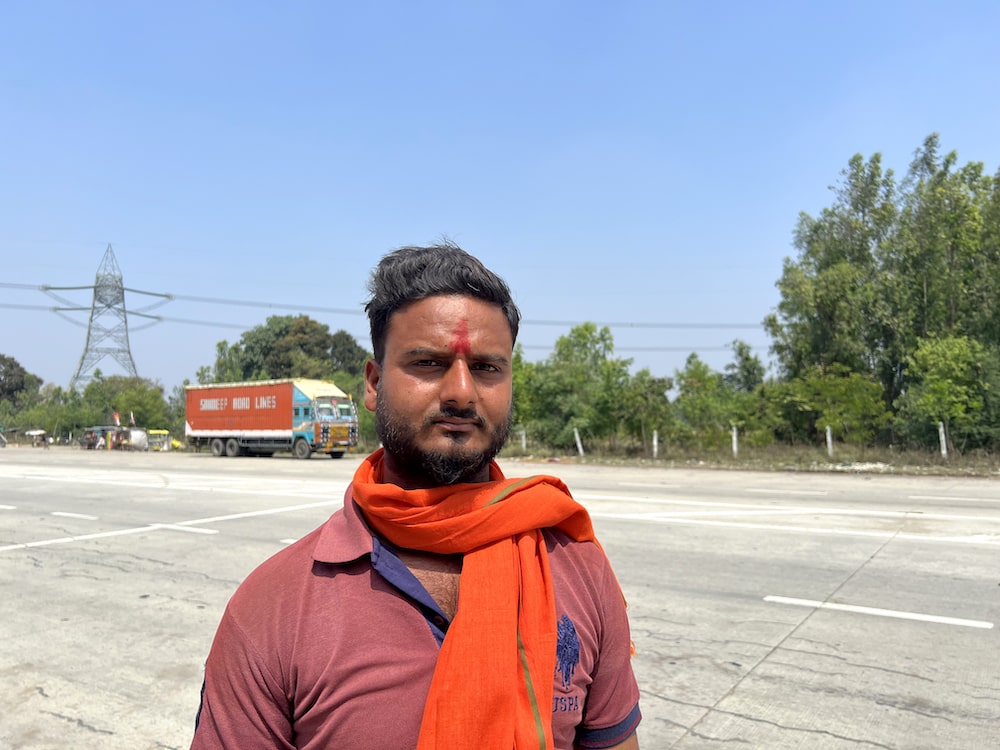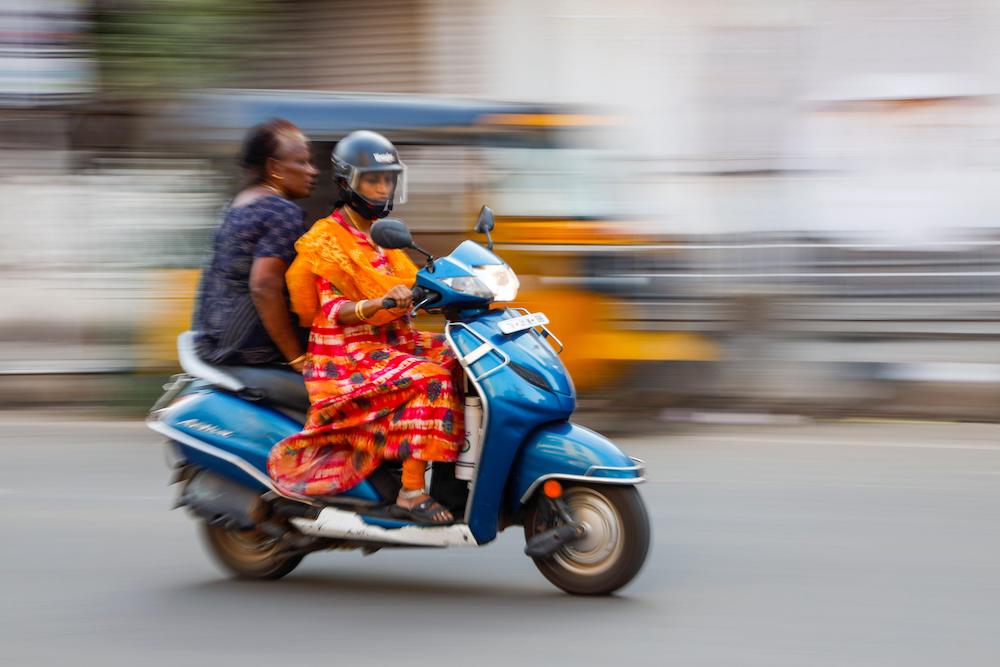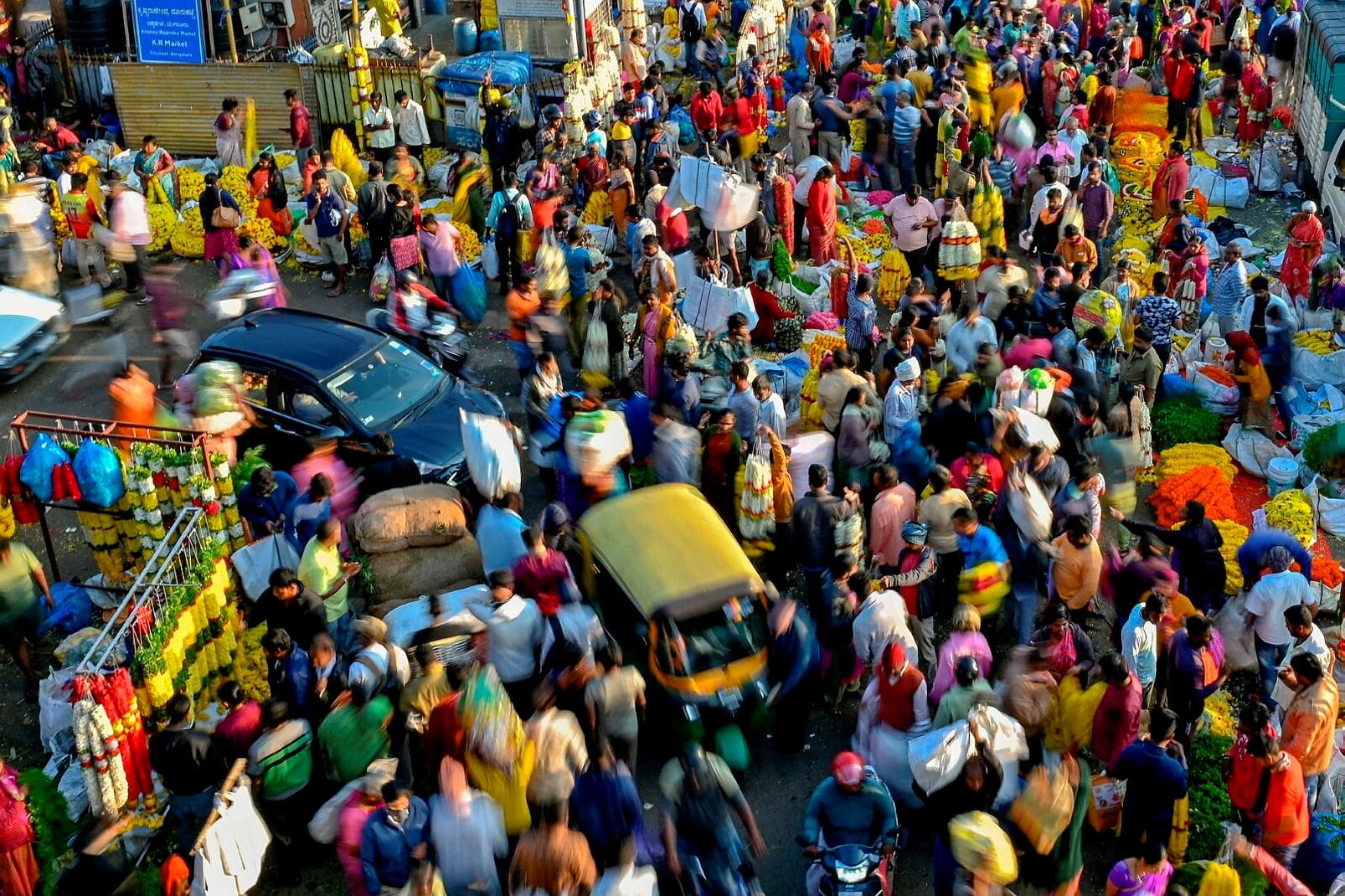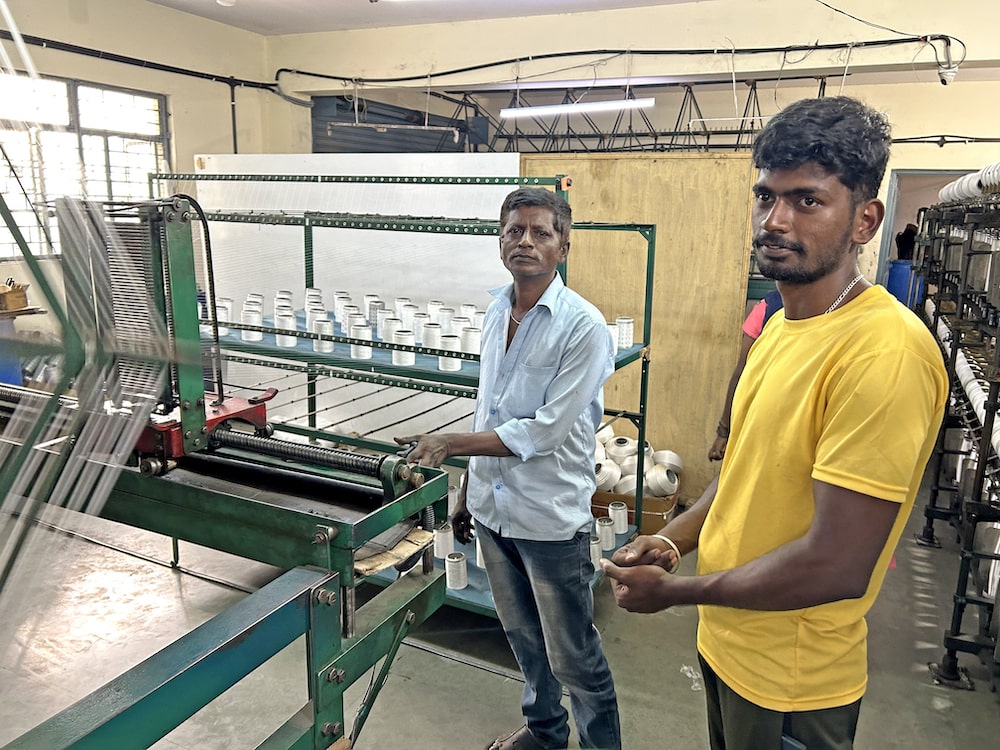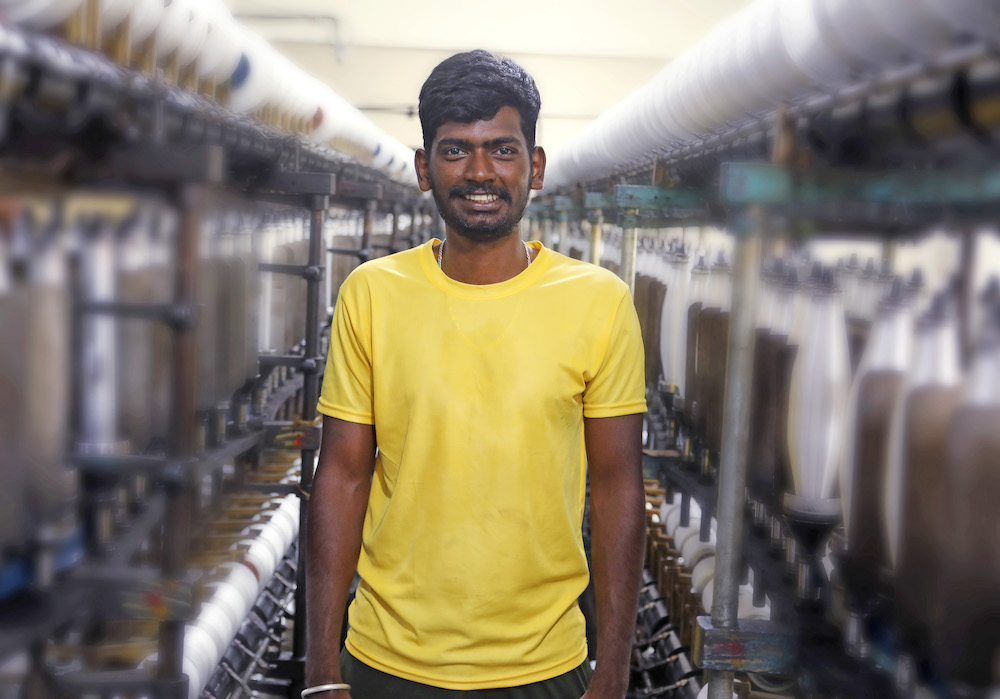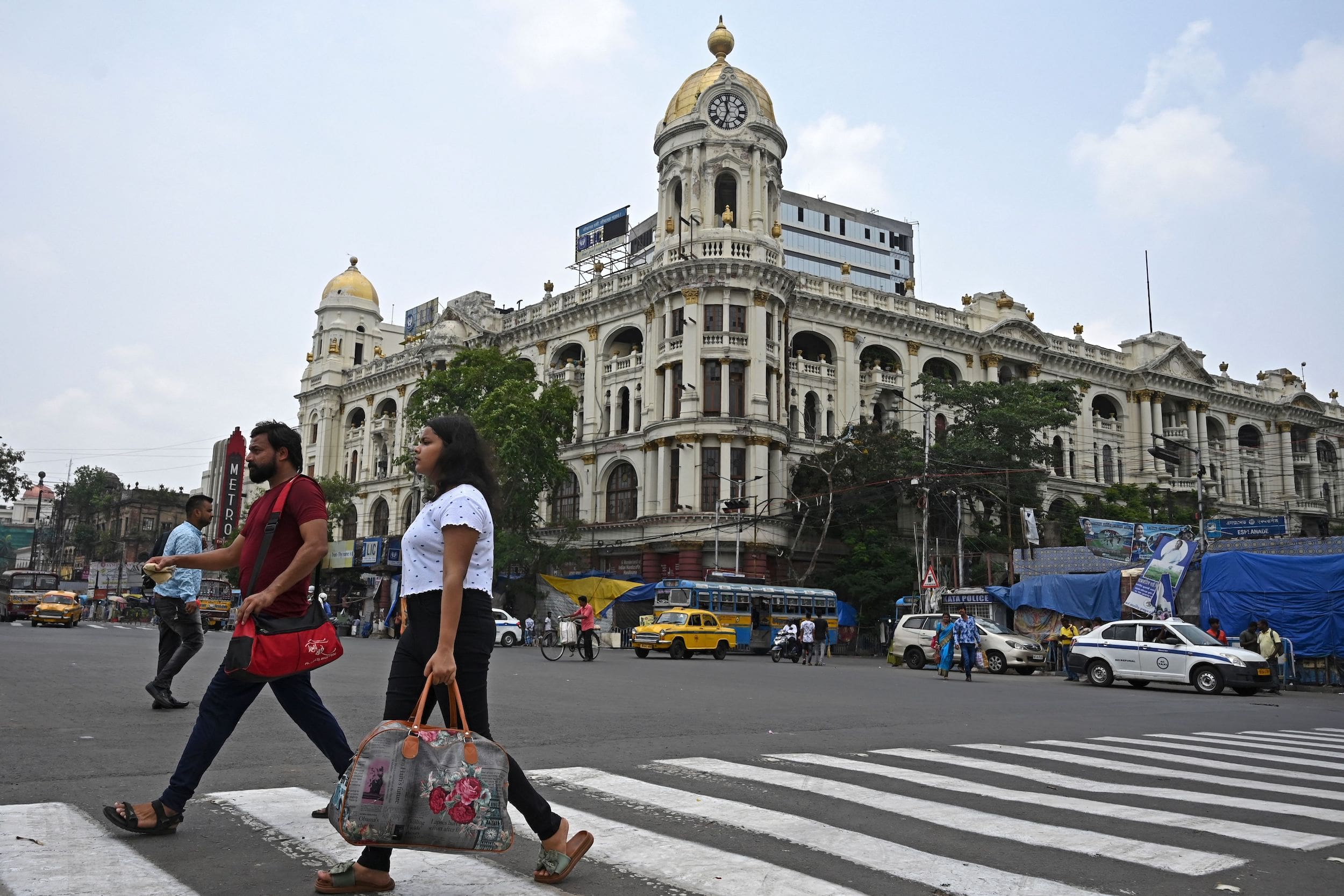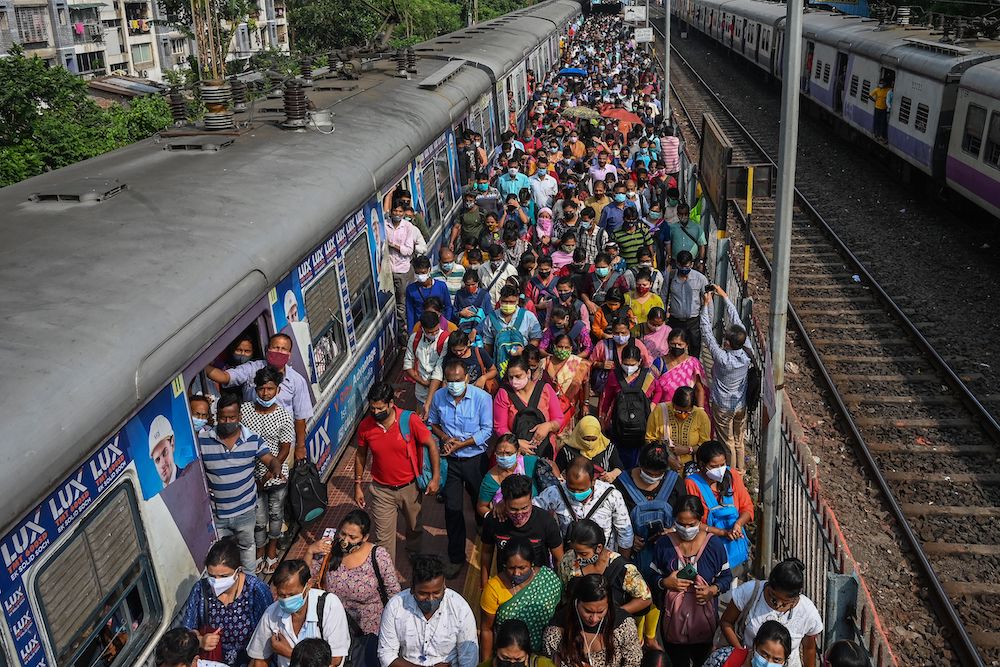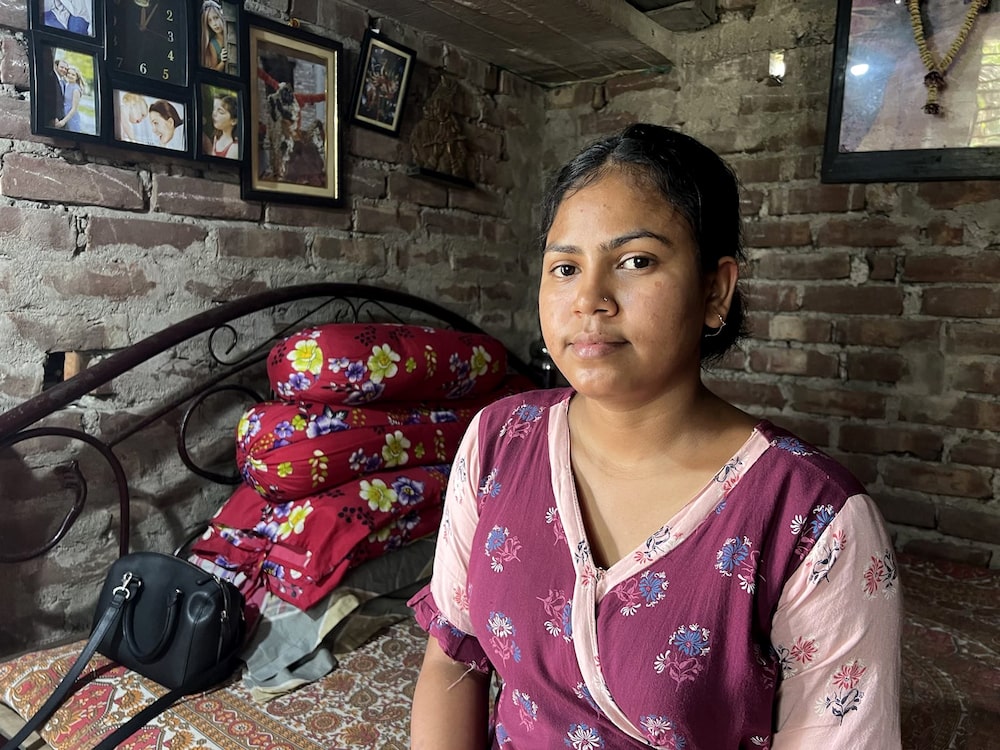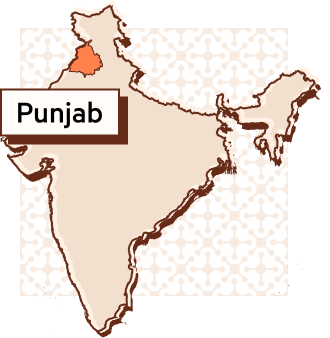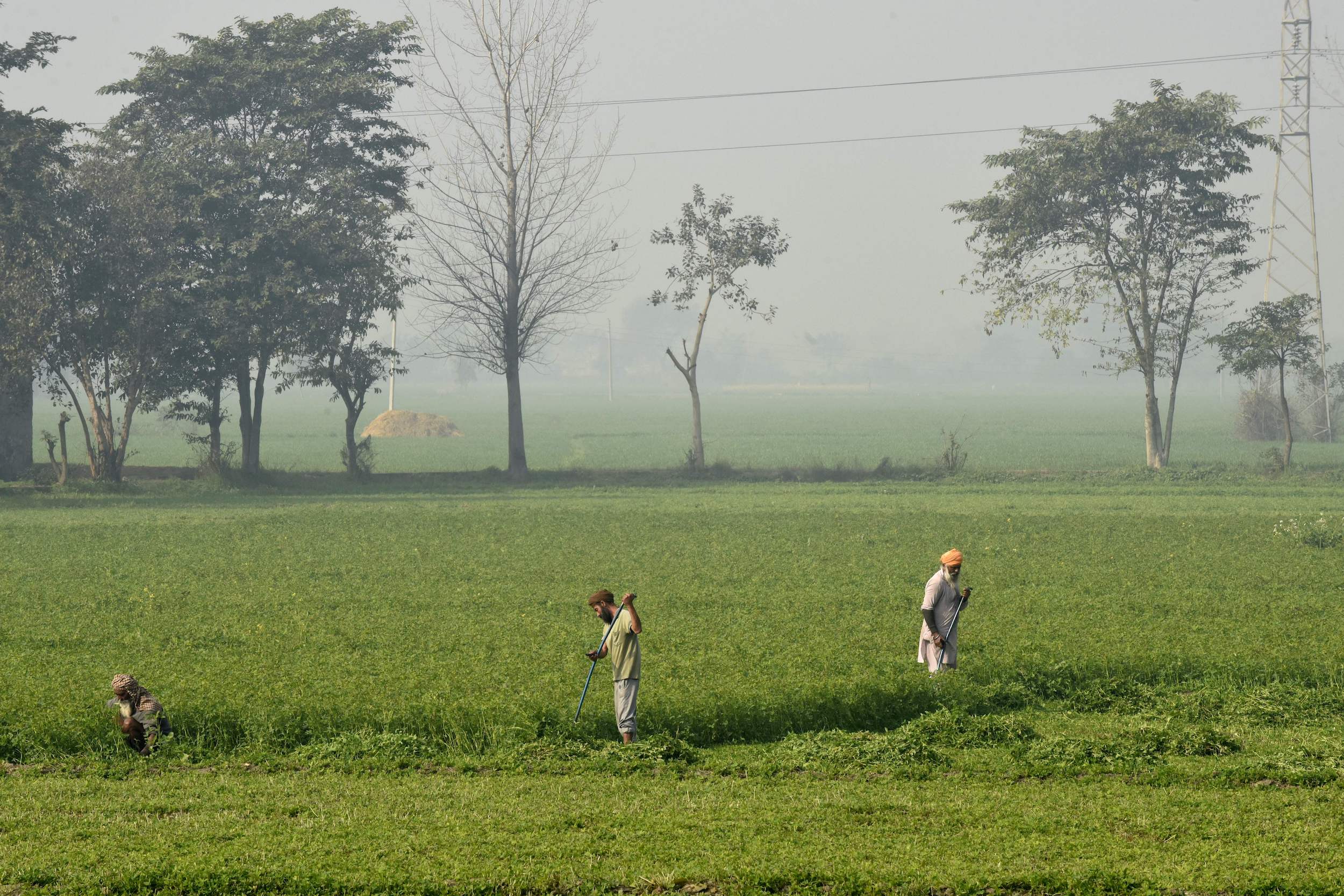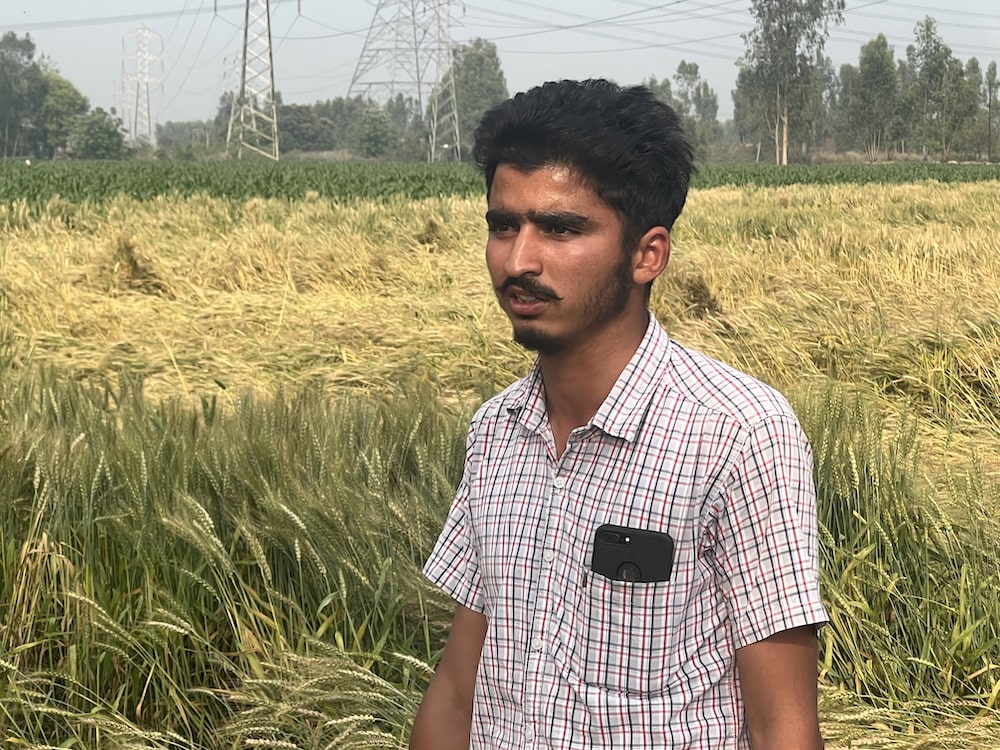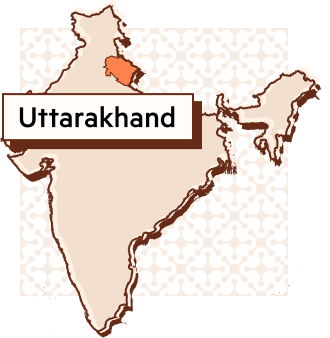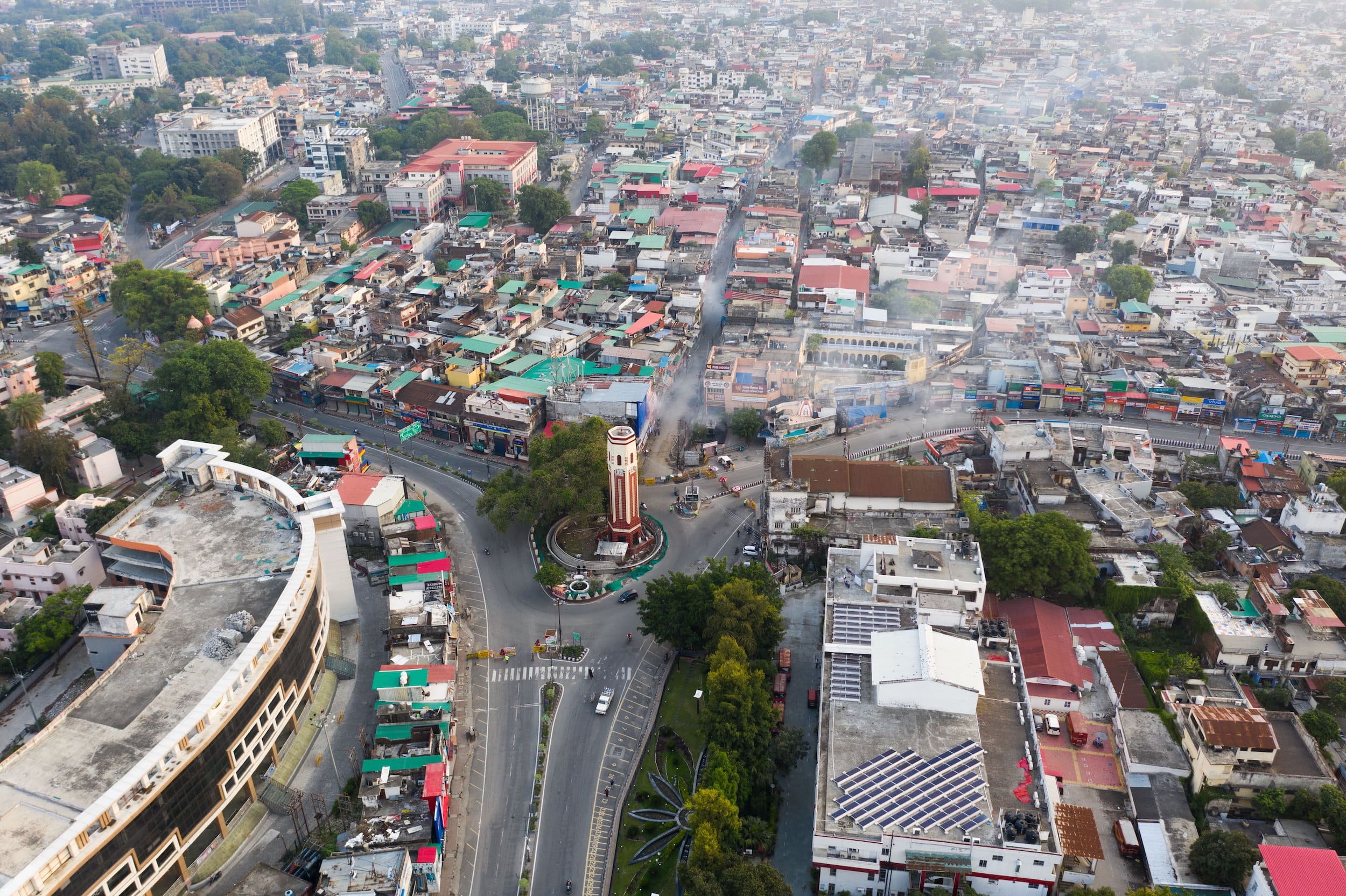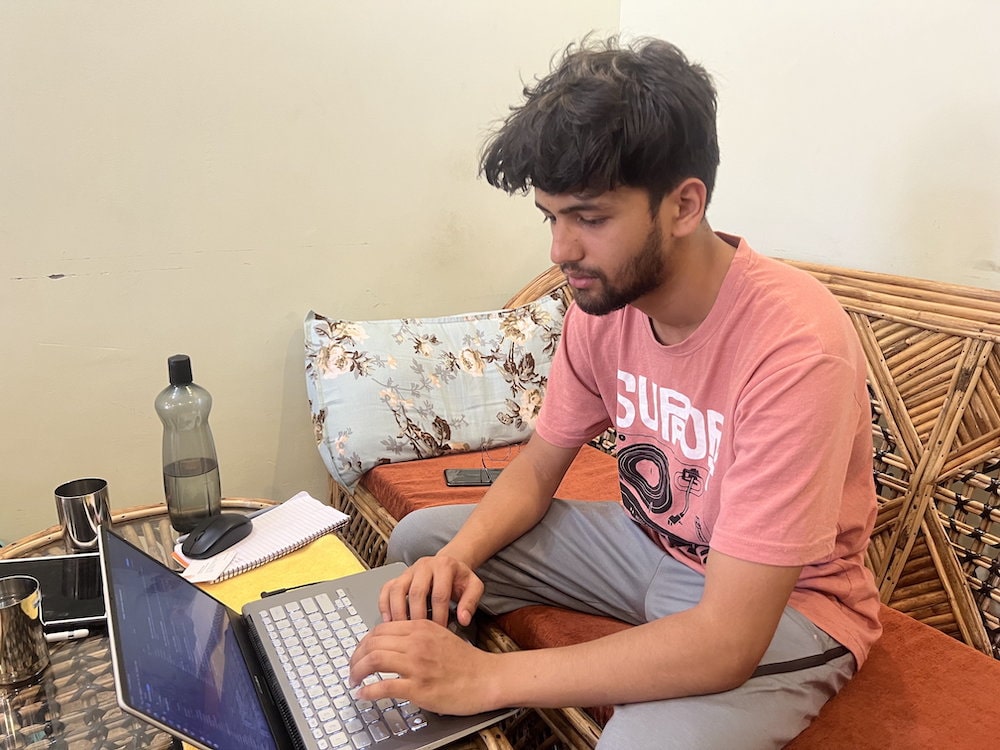It is one of the capital’s new satellite cities, where India’s biggest metropolis — with more than 30mn people — spills into three neighbouring states.
Cities like Noida have sprung up as India’s population has steadily grown in past decades. This month, that growth passed a long-awaited inflection point: India is overtaking China as the world’s most populous country. By midyear, the UN projects, there will be 1.428bn people in India, about 3mn more than in China.
The crossover moment has as much to do with the relative decline of birth rates in China as it does with India’s uptick in numbers. Birth rates are falling in India too but it has what demographers call population momentum: its numbers skew young, and there are so many women of childbearing age now that it will continue to grow sometime into the middle of this century.
The demographic bulge prompts probably the biggest question Indian policymakers are asking now, along with the global banks, consultants and strategists who predict an “Indian century”: will India seize its demographic dividend, or squander it?
A large, youthful population could accelerate economic growth, if India can harness its skills — giving it the chance to join China among the ranks of economic superpowers. Alternatively, its masses of striving poor could get old before their country gets rich.
India’s population grew at a significant pace post-independence, with areas across the north becoming especially dense. The country has been the world’s second most populous nation since UN population data began in 1950.
Although growth rates slowed in the 1980s as a result of family planning initiatives, wider access to education and employment, India’s population continued its upward trajectory in the 1990s.
The Indian population broke through the billion mark in 2000 and Delhi, Mumbai and Kolkata had by then established themselves as megacities with more than 10m inhabitants each.
Today, while most Indians still live in rural areas, urbanisation is picking up pace. By the middle of the century, more of the country’s residents will live in urban areas than rural environments, according to UN projections.
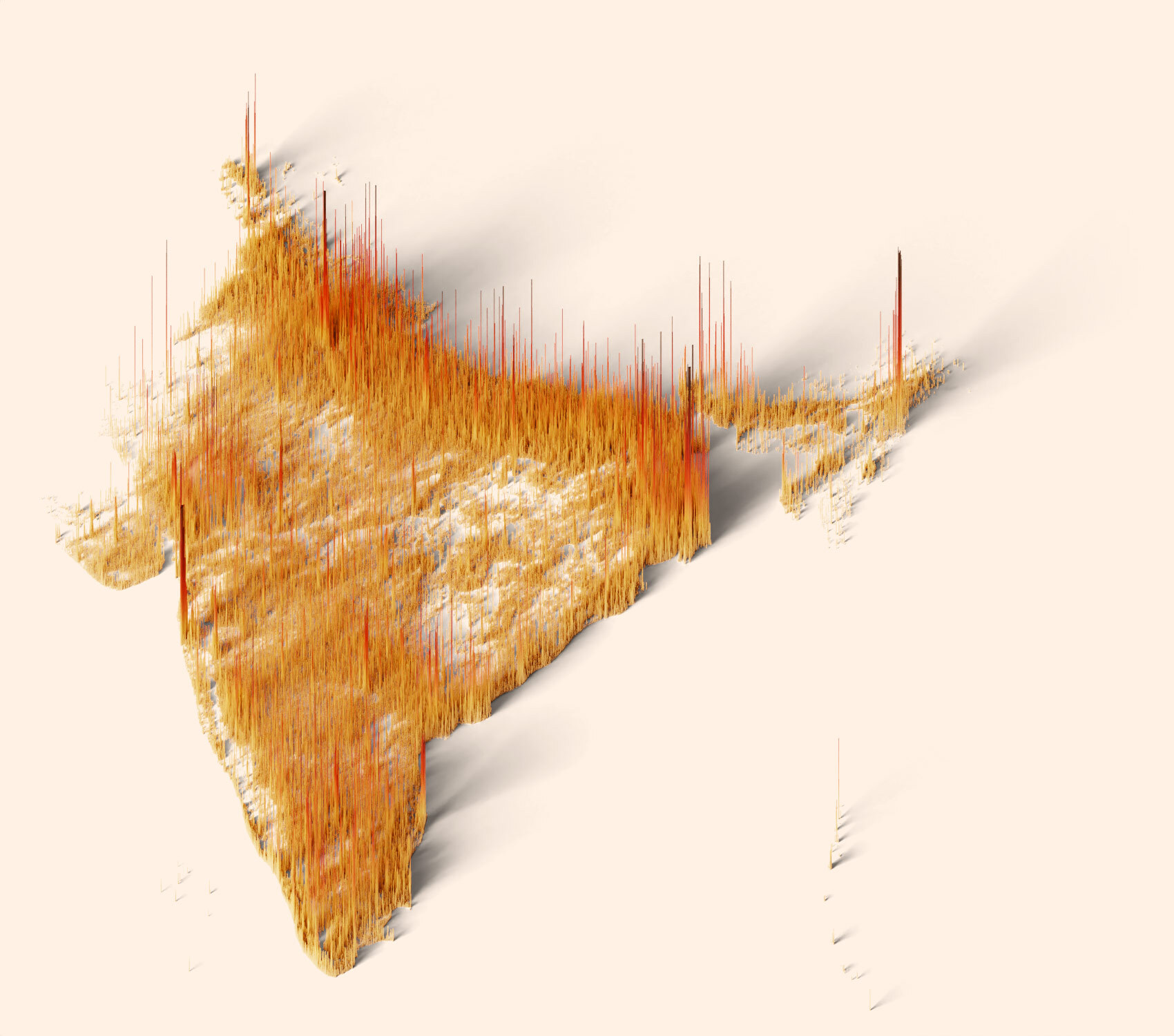
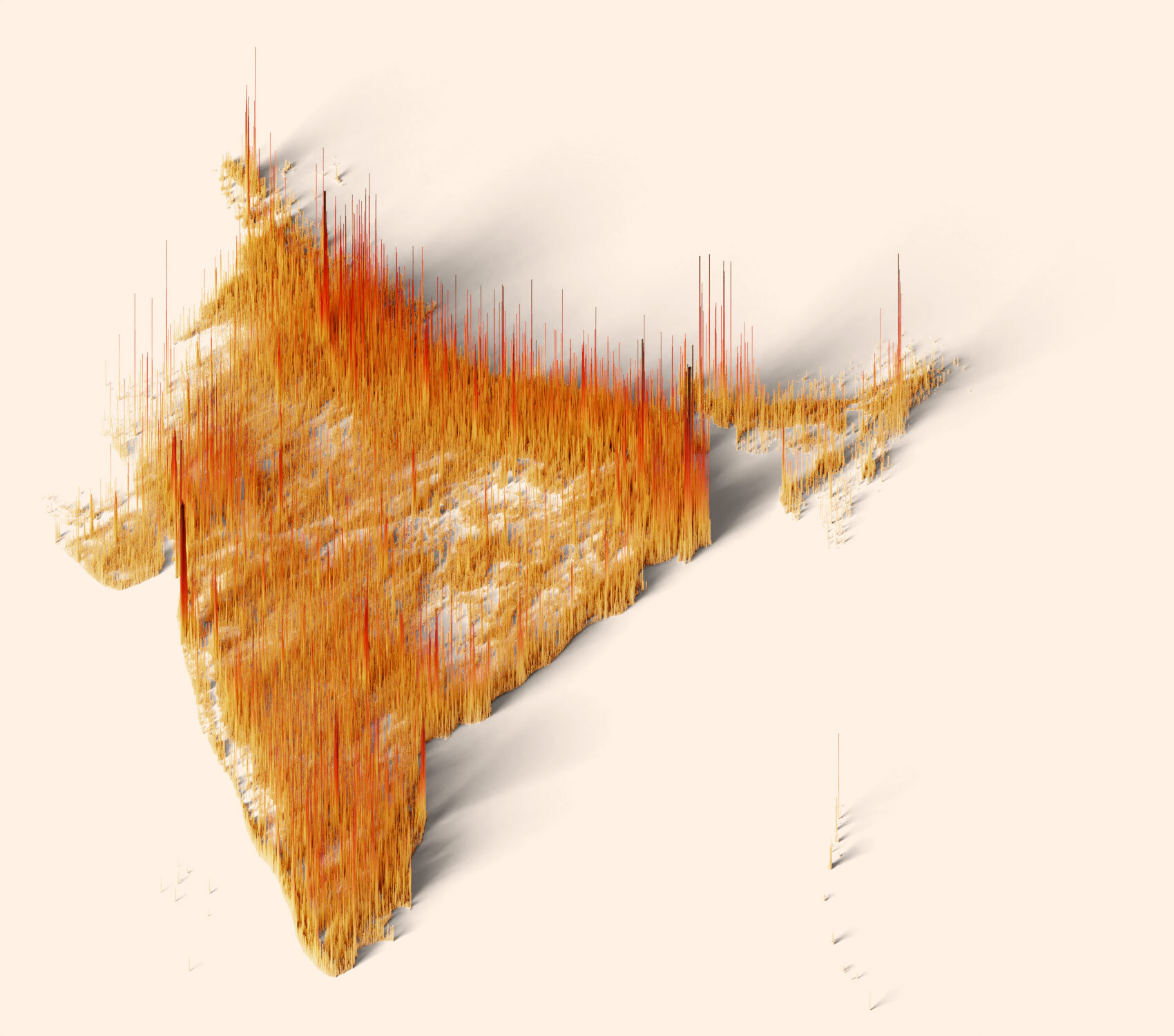
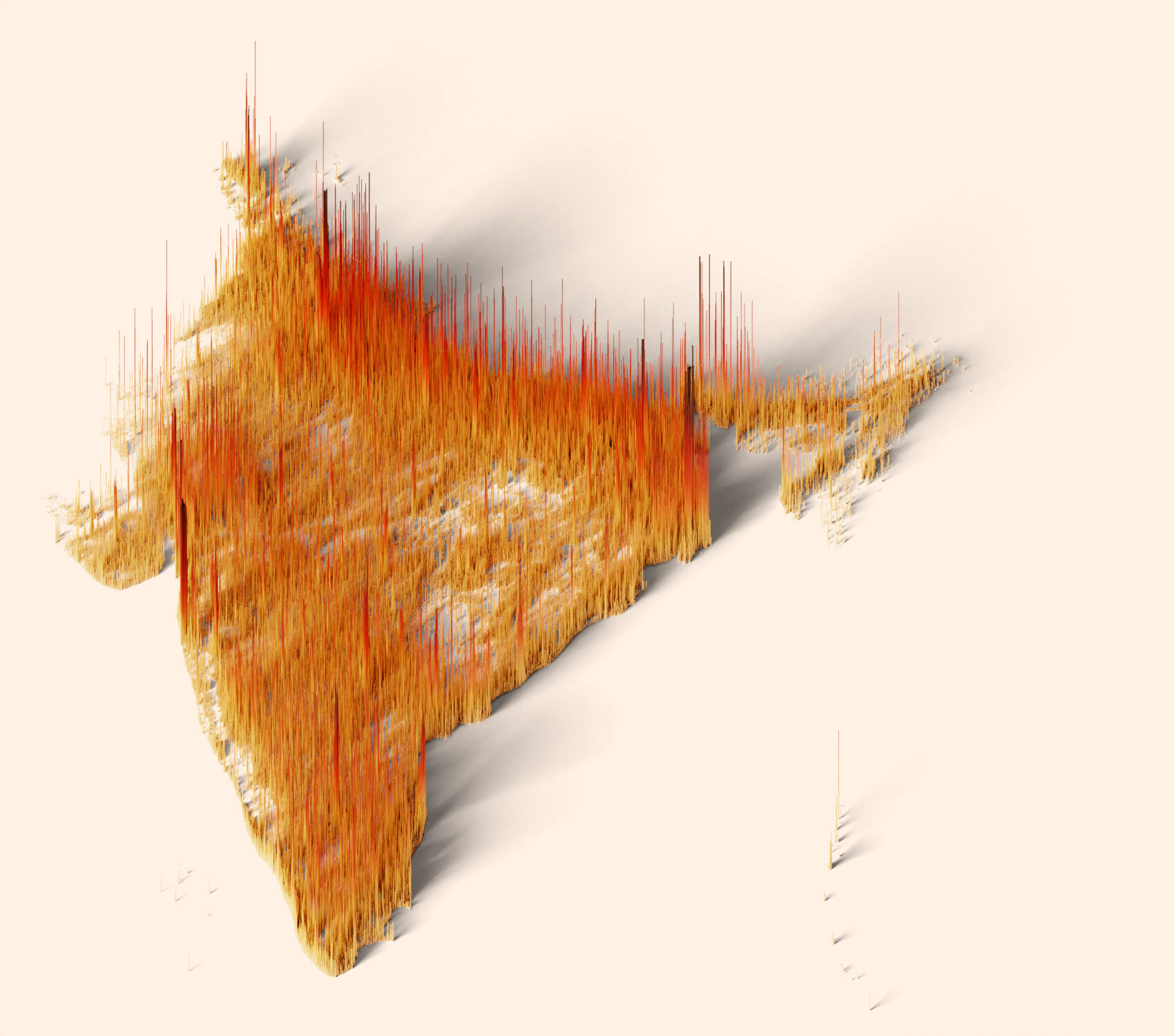
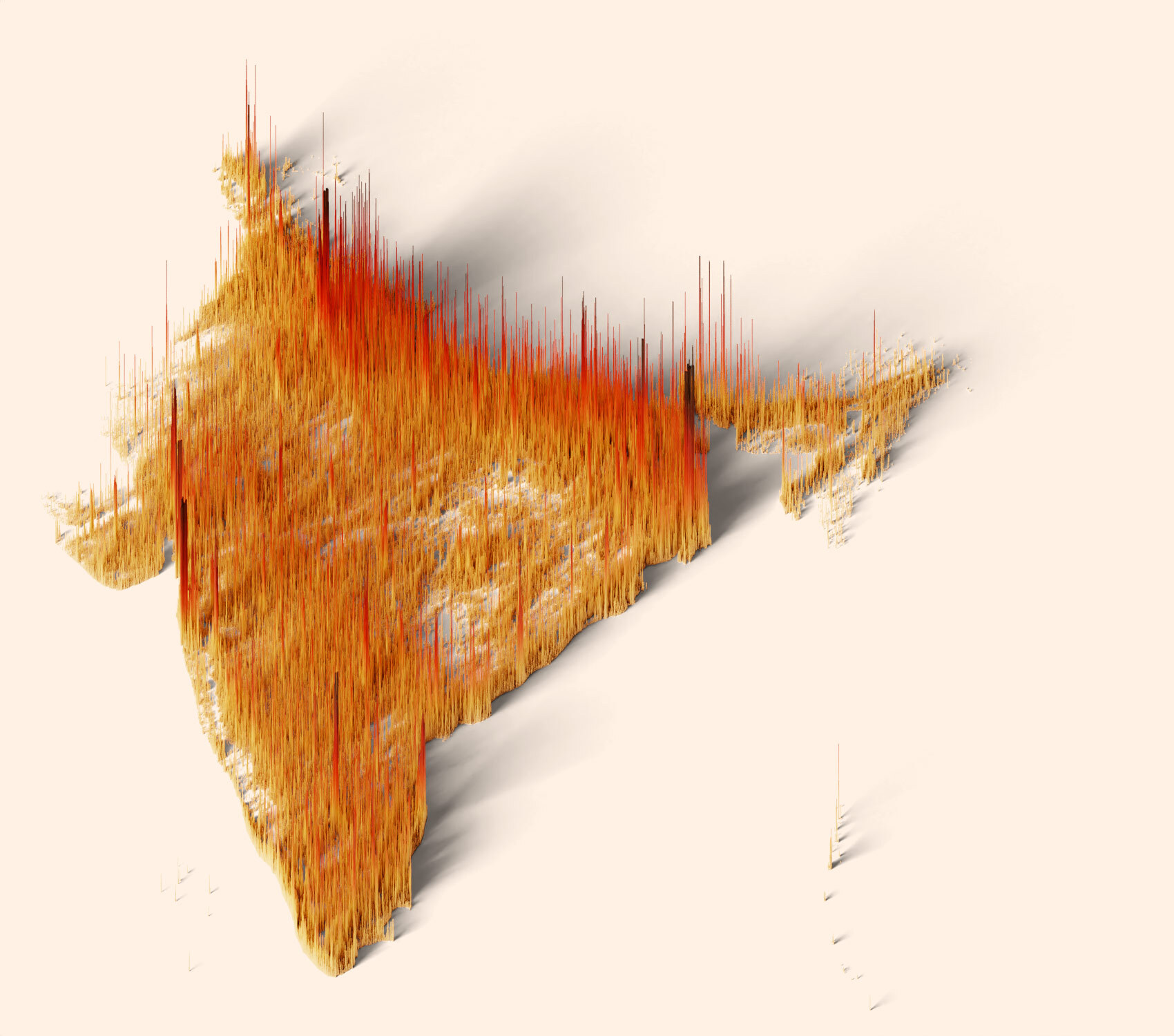
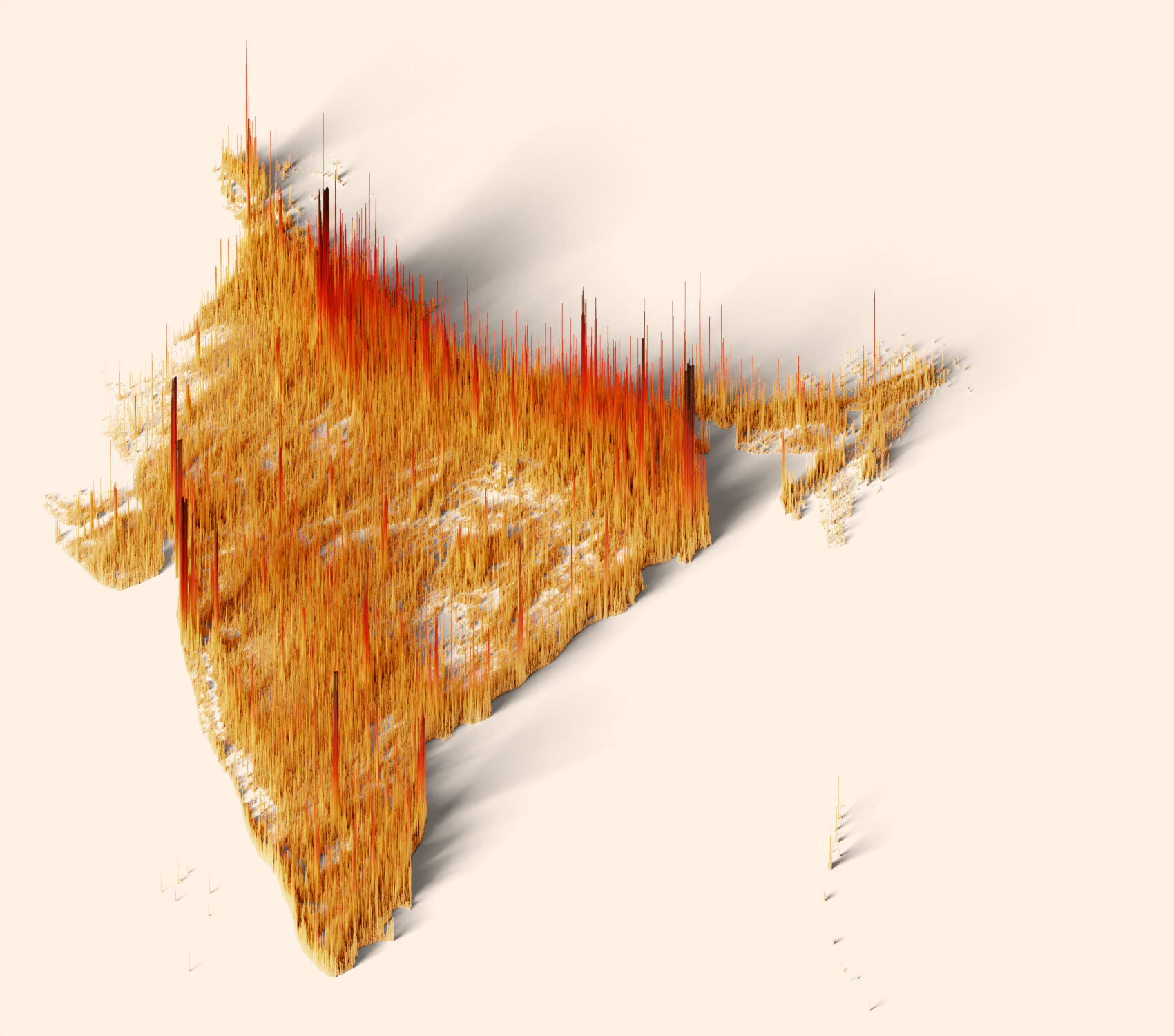


Over the past few months, as the milestone came into view, the FT’s reporters spoke to ordinary young people coming of age across India to see which way they think things will go.
We heard stories of a new generation’s dreams unfolding. Some had jobs that didn’t exist just a decade ago, but now do thanks to new investment or technological advances. Others were struggling to find work in an economy that still does not employ nearly enough of its women or create anything like enough jobs.
Apart from the decisions of the bureaucrats in Delhi or the investors from Wall Street, the challenges they face will also be shaped by the risks and opportunities of megatrends like economic digitisation and climate change.
Their stories tell a bigger one of an India on the cusp of sustained economic takeoff, but fighting to break through the challenges — some old, many new and unexpected — which are holding the country back.

The school dropout-turned-roadside entrepreneur
Rahul Awasthi, age 25
If you want to get rich, goes a Chinese proverb, first build roads. They have certainly brought prosperity to Rahul Awasthi.
The 25-year-old has built a small business in Bara, a village in Uttar Pradesh, helping motorists with the “fast tags” used to zip through toll plazas.
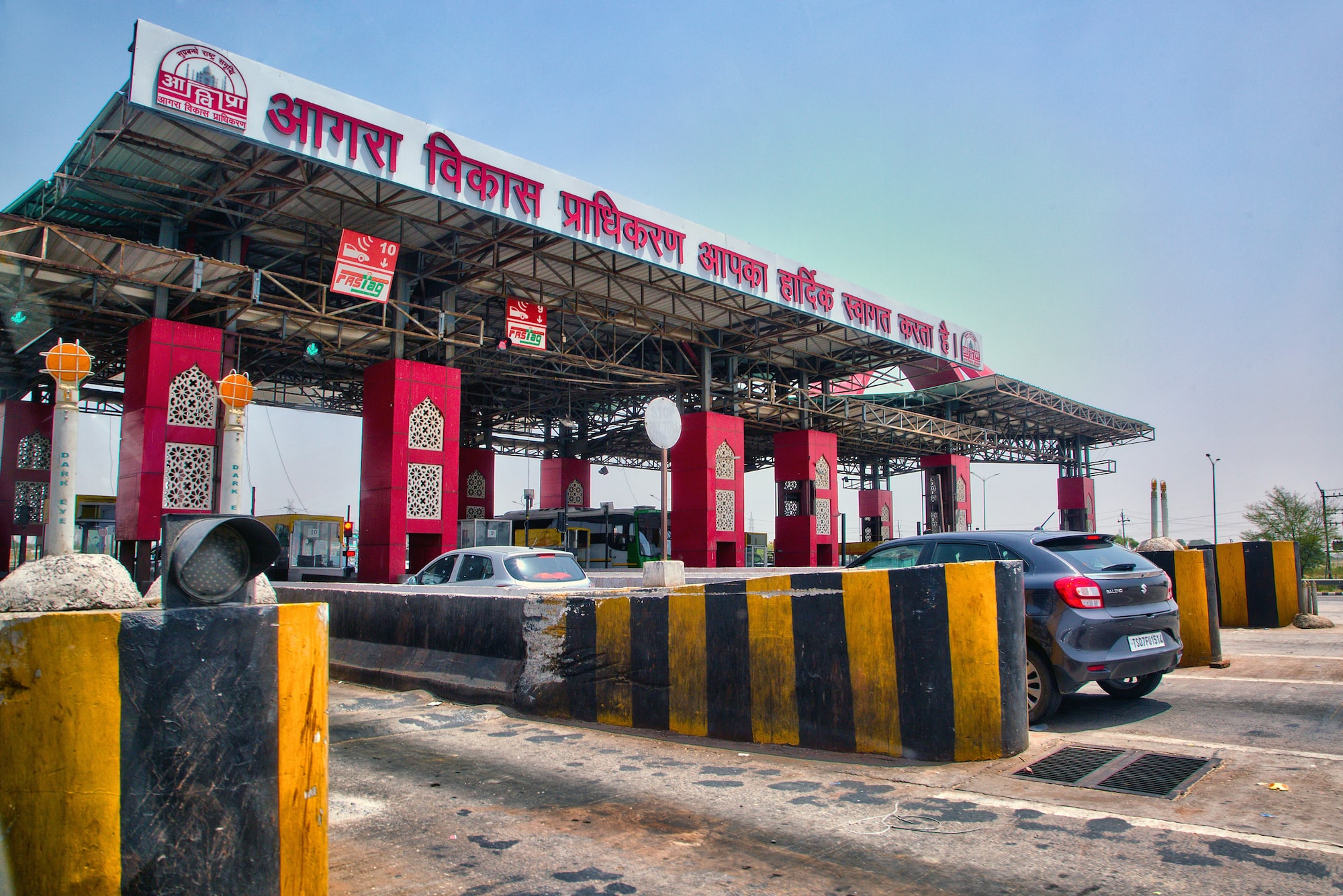

I never thought I would be earning this kind of money. I never thought that without a proper education I would be working with banks
